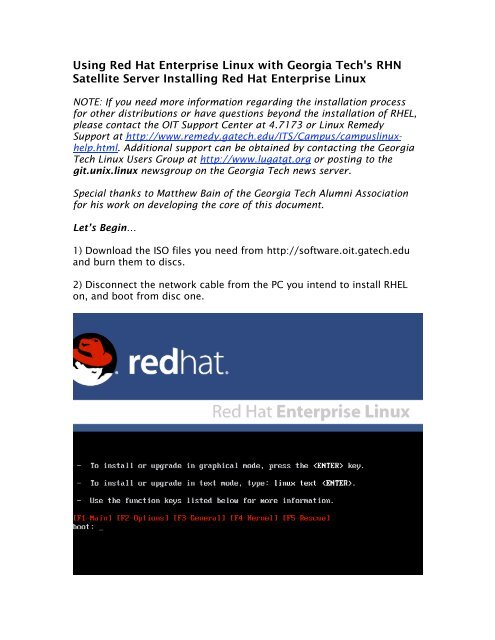
Linux has built-in tools and modules-like SELinux-to help further lock down, monitor, report, and remedy security issues. Each piece that makes up the Linux operating system has the ability to be audited, monitored, and secured. Securing one aspect doesn’t mean everything is secure-you have to address all parts.īecause Linux is modular its security can be more easily managed. The broader view of security also takes into account risk management, compliance, and governance. When it comes to IT security, the operating system plays a part in a larger story that goes from physical hardware to the people with access to that hardware as well as the applications deployed on the hardware. Open your possibilities: An open source security discussion from Red Hat The best security is layered. Linux continues to be the operating system of the future, with more and more systems depending on its stability and extensibility. Meanwhile, Amazon Web Services and Google Cloud Platform offer up multiple distributions of Linux in their publicly available images. When it comes to cloud, even on Microsoft’s Azure, more than 60% of the images on the Azure Marketplace and nearly ⅓ of virtual machines are Linux-based. As of 2017, 50% of the SAP market are Windows customers. By 2027, all SAP customers will be moving to SAP HANA-an in-memory, relational database management system-which only runs on Linux. NET Core/Mono) so that any platform can run it, opening up the capability for Linux-using developers to make applications with that framework. Microsoft has embraced Linux and open source in other ways, producing a SQL Server for Linux and open sourcing their. It has multiple use cases, distributions, target systems and devices, and capabilities-all depending on your needs and workloads. Linux has grown over the years to be the de facto standard for running highly available, reliable, and critical workloads in datacenters and cloud deployments. It’s at the core of some of the biggest industries and businesses in the world-from knowledge-sharing websites like Wikipedia to the New York Stock Exchange to mobile devices running Android (which is a specific-use distribution of the Linux kernel with complimentary software).

Linux can serve as the basis for nearly any type of IT initiative, including containers, cloud-native applications, and security.


 0 kommentar(er)
0 kommentar(er)
